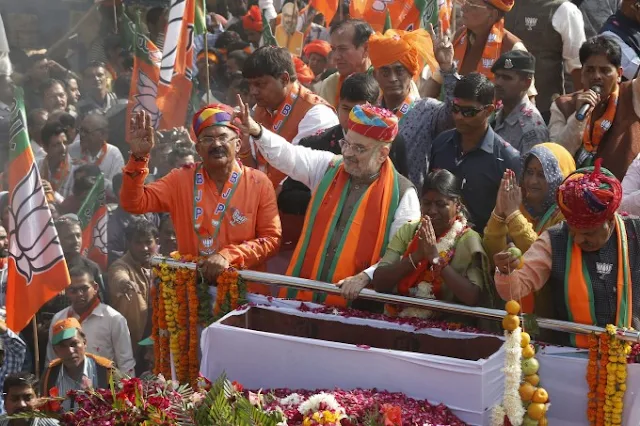By Harasankar Adhikari
We know that every nation/country throughout the globe significantly depends on its capital as a marker of its progress and development. These capitals are of various types—social, economic, cultural, etc. The progress and development of a country are obviously determined by these capitals. And there is co- relation and integration among these capitals. Economic capital consists of the resources and assets acquired through financial gains (money or land).
We know that every nation/country throughout the globe significantly depends on its capital as a marker of its progress and development. These capitals are of various types—social, economic, cultural, etc. The progress and development of a country are obviously determined by these capitals. And there is co- relation and integration among these capitals. Economic capital consists of the resources and assets acquired through financial gains (money or land).
Cultural capital is the sum of ‘information resources and assets that are socially valued, such as knowledge of art, literature, and music.' Therefore, human capital is a combination of economic and cultural capital, including educational qualifications, training, and work experience. Social capital consists of ‘resources, actual or potential, that accrue to a person or group from access to a network of relationships or membership in a group—who you know as distinct from what you know.'
It could be utilized for money-making, the holding of power and authority, influence, or for social mobility. But political capital is a special form of social capital that refers to a person’s political networks, assets, and resources. Societies can accord different weights to the various types of capital.’
Therefore, in a democracy like India, there may be a capital that should be considered democratic capital. But what is this capital? How does it determine Indian democracy? It may be full of confusion and debate. But it has immense significance and importance in Indian democracy, which is fully determined by the party-politics.
This democratic capital consists of several factors. Obviously, the voting rights of people/voters are the first and foremost capital because they have the absolute power to elect their very own democratic government. Functionally, their right to vote is limited to the EVM because their elected government acts according to the will of the party and its leaders. The political parties and their leaders are used and abused according to their own interests.
Therefore, in a democracy like India, there may be a capital that should be considered democratic capital. But what is this capital? How does it determine Indian democracy? It may be full of confusion and debate. But it has immense significance and importance in Indian democracy, which is fully determined by the party-politics.
This democratic capital consists of several factors. Obviously, the voting rights of people/voters are the first and foremost capital because they have the absolute power to elect their very own democratic government. Functionally, their right to vote is limited to the EVM because their elected government acts according to the will of the party and its leaders. The political parties and their leaders are used and abused according to their own interests.
The second content of this democratic capital is the daily suffering of the majority (poverty, unemployment, price hike and so forth), which is emotionally used in the election campaign for votes. It has become a regular occurrence since the first general election following independence. There is a single strategy to reduce the suffering. Each time, every elected government plays it as a gimmick. The third and most important content is to make people divided in terms of race/religion. This religious division dominates uselessly because of party politics. It is a personal issue for each of the countrymen. The religious beliefs of people have been used as an agenda in each election.
Then, the party politics of this democracy are playing a card of violence and immorality among people. It has been strategically created because unethical politics has given birth to different interest groups for ultimate political gains in power and authority. People in this country are under great threat and thrust because of improper and inappropriate policies of the government. But party politics are generally looking out for their own interests through their political game or battle.
Therefore, how the interests of the people would be protected and who would be worked for are common questions in democracies. Will this democratic capital be only for the betterment of the political leaders? How long would they be used for their gain?
Therefore, how the interests of the people would be protected and who would be worked for are common questions in democracies. Will this democratic capital be only for the betterment of the political leaders? How long would they be used for their gain?


Comments